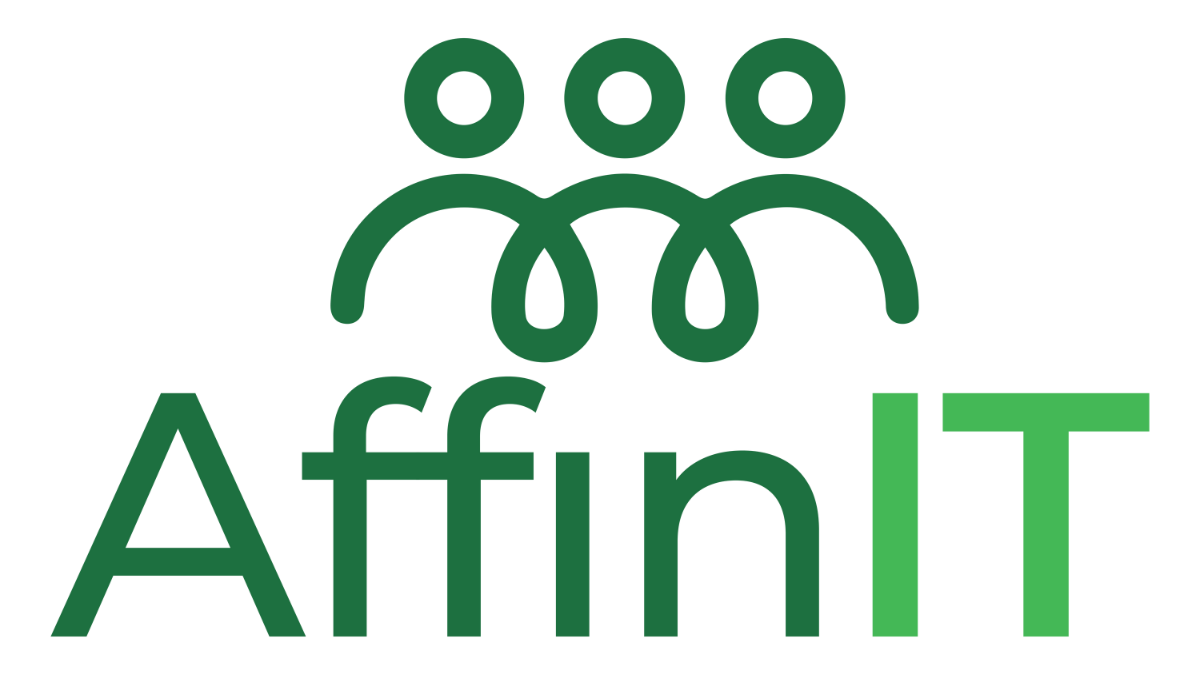The Power of Mobile Device Management (MDM) for Secure Mobile Workforce Management

Why is MDM (Mobile Device Management) Critical for Your Business?
MDM (Mobile Device Management) is essential for organizations managing a diverse range of mobile devices across their workforce. By overseeing smartphones, tablets, and laptops from a central platform, MDM enables secure access, streamlined configuration, policy enforcement, and remote support.
As businesses continue to embrace mobile technologies and remote work, MDM offers significant advantages, including enhanced data security, compliance enforcement, improved productivity, reduced IT support costs, and protection against mobile threats. A robust MDM solution ensures secure, efficient device management that supports business continuity and strengthens your overall IT strategy.
How Do You Know You'll Benefit?
To determine if your business could benefit from MDM, consider factors like managing a remote workforce, securing sensitive data, and supporting multiple device types. MDM simplifies device provisioning, enforces security policies, and enables centralized control across smartphones, tablets, and laptops. It helps reduce IT support costs, enhances regulatory compliance, and boosts employee productivity by ensuring secure access to corporate resources. Whether you're embracing BYOD, onboarding new team members, or looking to improve visibility and control, AffinIT’s MDM solutions streamline mobile operations and strengthen your IT strategy.
Enhanced Security
MDM helps protect sensitive corporate data through device encryption, secure container technologies, and the ability to remotely wipe data from lost or stolen devices, significantly reducing the risk of data breaches.
Simplified Device Management
A centralized management console allows IT administrators to efficiently configure, monitor, and troubleshoot devices across the entire organization, regardless of their physical location or operating system.
Policy Enforcement
MDM enables consistent application of security policies, ensuring that all devices meet organizational standards for passwords, encryption, and application usage, even as employees work from diverse locations.
Streamlined Application Management
IT teams can remotely deploy, update, and remove applications across all managed devices, ensuring employees have access to the tools they need while maintaining version control and license compliance.
Improved Compliance
MDM solutions help organizations meet regulatory requirements such as GDPR, HIPAA, or SOX by enforcing data protection measures and providing documentation of security controls for audits.
Cost Reduction
By automating device provisioning, configuration, and support, MDM reduces IT operational costs while extending device lifecycles through proper management and maintenance.
Enhanced Employee Productivity
MDM facilitates secure access to corporate resources from anywhere, enabling employees to work efficiently while maintaining separation between personal and business data.
Quick Onboarding and Offboarding
New devices can be rapidly configured with all necessary applications and settings, while departing employees' devices can be securely wiped of corporate data without affecting personal information.
Comprehensive Visibility
MDM provides detailed inventories and analytics on device status, usage patterns, and security compliance, enabling data-driven decisions about mobile technology investments.
Support for BYOD Initiatives
Organizations can securely embrace Bring Your Own Device policies by implementing container technologies that separate work and personal data while respecting employee privacy.
Key Specifications
- Device Enrollment & Provisioning
- Security & Compliance
- Application Management
- Content Management
- Device Controls & Restrictions
- Remote Management
- Containerization and Data Separation
- Operating System Management
- Identity and Access Management
- Reporting and Analytics
- Scalability and Performance
- Customer Support and Service Levels

